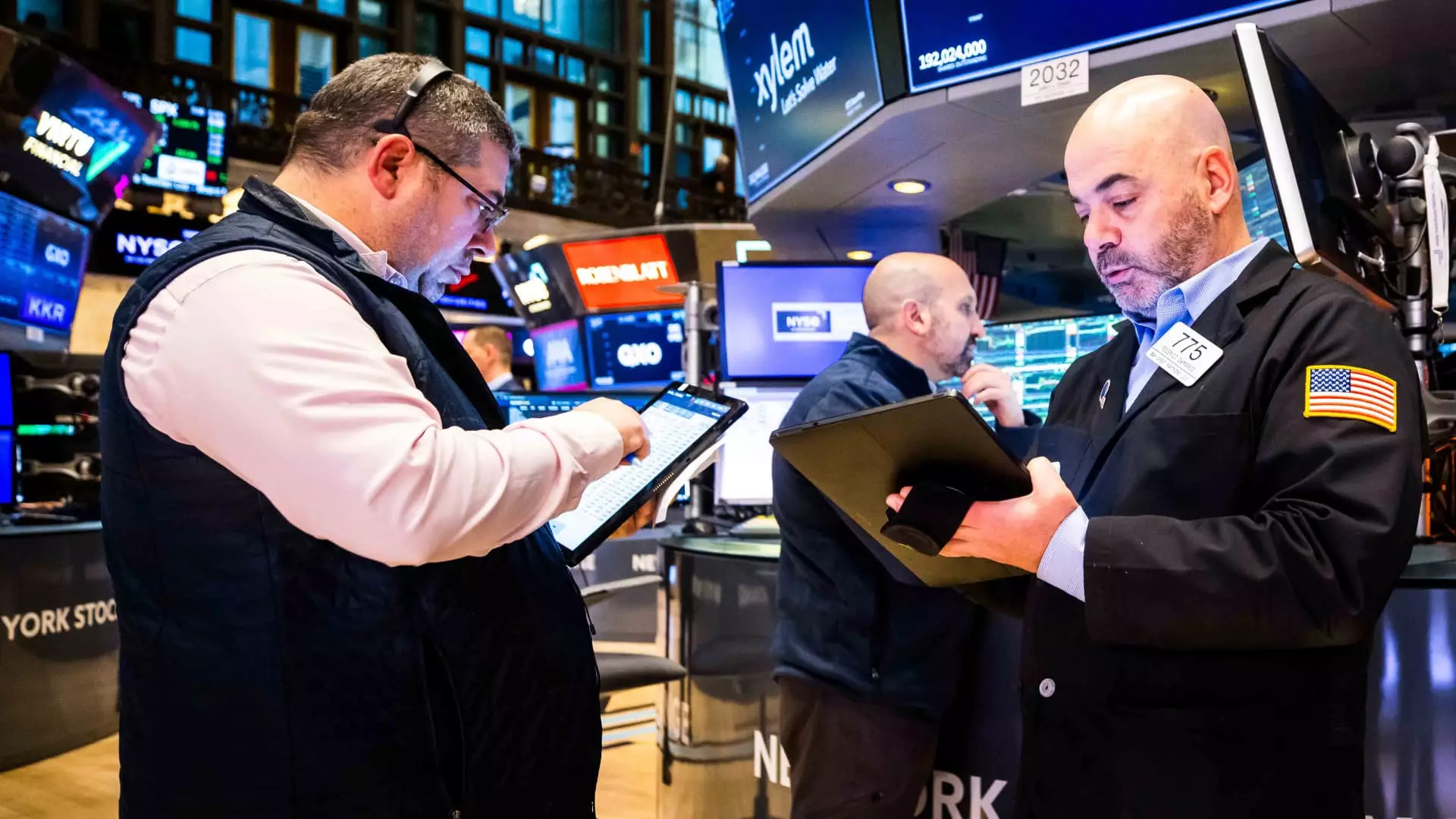Many investors are drawn into the allure of stock picking, often believing that with the right knowledge or intuition, they can consistently outperform the market. However, statistical evidence challenges this assumption. Research from S&P Global reveals a startling reality: a staggering 73% of active managers underperform their benchmarks after just one year. This figure worsens dramatically over longer time horizons, with 95.5% failing to meet market benchmarks within five years, and essentially all active managers lagging behind after an extended 15-year period. These trends raise critical questions about the efficacy of active management in today’s financial environment.
Charles Ellis, a prolific figure in the finance sector, is vocal about these trends. His perspective emphasizes the futility of stock picking in the current market landscape. With the proliferation of passive investment vehicles, including index funds and ETFs, some industry insiders fret about the potential decline of active management. Ellis, however, argues that while active management may face challenges, it will not disappear entirely. He attributes the influx of talent into active management to the excitement and lucrative incentives that the industry still provides. According to Ellis, this overflowing pool of talent does not guarantee success, further complicating stock-picking endeavors.
In a recent discussion on CNBC’s “ETF Edge,” Dave Nadig, an expert in the ETF sector, echoed Ellis’s sentiments, noting that the demand for active management remains robust. He highlighted that the industry recently experienced its best year in terms of inflows to active management. This suggests that, despite the setbacks and realities of performance, many investors still see value in actively managed funds. However, it is crucial to contextualize this enthusiasm. Nadig points out that while active management is enduring, the overwhelming majority of investment flows are directed toward larger, more simplistic indices and target-date funds, which are perceived as easier and more efficient options for the average investor.
Ellis’s insights provide a cautionary perspective on the rapid growth of ETFs. While he appreciates the benefits of lower fees and increased availability of these financial instruments, he raises concerns about potential investor pitfalls. Many ETFs are being designed more for sales purposes than for investor utility, often lacking necessary diversification. In particular, leveraged ETFs pose unique risks—offering high rewards but also potentially catastrophic losses. This dichotomy underscores the need for investors to perform due diligence in order to identify ETFs that align with their personal investment objectives and risk tolerance.
Technology plays a pivotal role in the ongoing evolution of the stock market. With advanced computing power and access to quantitative models available to a wide range of traders, the competitive landscape has shifted significantly. Nadig notes that this technological democratization means that distinguishing oneself as an active manager is increasingly difficult. Ellis articulates this irony succinctly: the high caliber of active traders, all employing sophisticated strategies, often leads to collective underperformance as they inadvertently cancel out each other’s efforts. The current state of trading resembles an elaborate poker game where all players are privy to each other’s cards, eliminating the edge that some traders once enjoyed.
As the financial landscape evolves, so too do the strategies that investors and managers must adopt in order to be successful. While active management remains a valuable approach for some, it is important for investors to align their strategies with their long-term goals and risk profiles. Awareness of the inherent risks, particularly in the rapidly changing ETF market, has never been more crucial. As Charlie Ellis notes, the world of investment is shifting, and both novice and seasoned investors must navigate it with careful consideration and an understanding of the broader dynamics at play. Embracing this knowledge could facilitate a more informed investment journey, allowing individuals to make financial decisions that are both sound and strategic.

